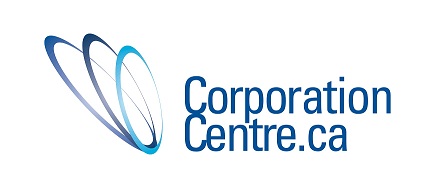If
your goal is to convey a clear and comprehensible message to a diverse
audience, then you should generally avoid using industry-specific jargon and
buzzwords altogether. Esoteric terminology and acronyms tend to encumber
communication, delay progress, and either bore or annoy audiences, according to
Virgin Group founder and CEO Sir Richard Branson. Obviously, none of those
outcomes is desirable.
However,
a working knowledge of new buzzwords and jargon can prove useful for at least
four reasons:
1) If someone asks you “What does X mean?”, you’ll be able to offer a
better answer than “I don’t know.”
2) Many esoteric terms indicate trends in your industry of which you
should be aware.
3) If you receive communications that contain buzzwords and jargon,
you’ll be able to decode them and translate them into plain English.
4) Provided you know that your audience will understand precisely what
you mean, buzzwords can occasionally spare you the time and effort of
describing a complex idea in a roundabout way. Why use 150 words when one or
two will suffice?
Here
is a list of some popular business buzzwords you may have come across this
year, and their definitions.
The
Internet of Things (IoT): This term has a variety
of definitions that range from concrete descriptions of our daily reality (the
devices that gather, retain, and communicate information digitally, such as
smartphones, tablets, servers, and computers) to speculative visions of the
future (eventually, everyday physical objects will be integrated within our
digital networks and capable of identifying themselves to other digital
devices. Imagine your bedside lamp connecting wirelessly with your smartphone.)
You’ll have to infer the appropriate definition from the context of the
discussion.
The “it
factor”: synonymous with familiar terms like “the X
factor” or “the secret ingredient”. The “it factor” is the attribute or set of
qualities that make(s) your enterprise special.
Momtrepreneur
or Mompreneur: an enterprising businesswoman who
balances the demands of founding a startup with the challenge of raising kids.
Conversation
marketing: As opposed to content marketing,
conversation marketing is an approach to attracting clients and customers that
prioritizes interpersonal dialogue, rather than top-down communication.
H2H or Human-to-Human: the
conceptualization of prospective clients or customers as fellow human beings
with wants and needs that a business can help to satisfy, rather than as
targets for one-way advertising messages. Effective H2H marketing involves
tailored, audience-appropriate communication and encourages feedback. H2H is
closely related to conversation marketing, and the two often go hand-in-hand.
Remarketing:
a form of follow-up using automated text messages
or e-mails to customers who have just left a business or website without
following through on a deal. A remarketing message might try to entice a
recently departed customer back to an e-commerce website after that customer
has abandoned h/er shopping cart.
Freemium:
a portmanteau of “free” and “premium”. This refers
to pricing models in which a website offers a basic account with limited
functionality for free, and a more versatile premium account for a monthly or
annual fee. LinkedIn, for instance,
features a freemium pricing model.
The
suffixes -hack and -jack: By now, you’ve almost
certainly encountered the term growth hacking, and you
may be familiar with life-hacks (techniques or insights that can help you
succeed at a particular facet of life). The suffix -jack—which implies
stealing, hijacking, or piggybacking off of something that already
exists—features in memes like newsjacking (leveraging a news item in order to
communicate a marketing message) and brandjacking (appropriating or
manipulating an existing brand to serve alternate ends). Environmental
organization Greenpeace often employs brandjacking tactics in its campaigns.




